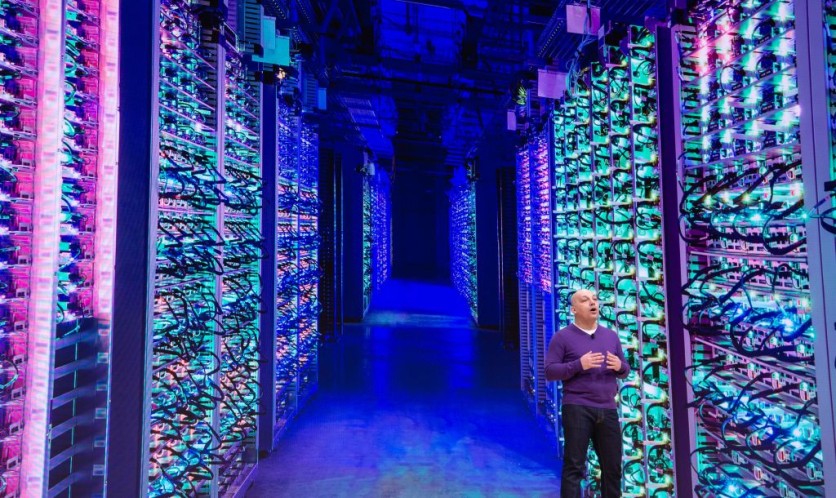China will reportedly take advantage of the sustainable capabilities of the sea by deploying an underwater data center in Sanya, Hainan province, being the first nation to do so as per an Interesting Engineering report.

First reported by China Daily, the cutting-edge data center seeks to transform the industry while conserving a substantial amount of land and energy through the power of the ocean depths. This underwater data center has the potential to be as computationally powerful as around 6 million traditional desktop computers, which makes it a potentially revolutionary device.
A project that came about through a collaboration with the nation's largest Engineering, Procurement, Construction, and Installation (EPCI). the China Offshore Oil Engineering Co. (COOEC), along with a private data center company, Highlander.
Sustainable Implications of China's Underwater Data Center
At a depth of around 35 meters, the data center modules of China's undersea facility are being meticulously erected on the seafloor. These modules are anticipated to function sustainably for up to 25 years since they are made to endure the challenging underwater environment.
At 1,300 tons in weight, each waterproof storage module can reportedly process more than 4 million high-definition photos every 30 seconds. The facility as a whole is expected to have processing capacity equivalent to an astounding 6 million standard PCs operating at the same time.
This innovative project is reported to be driven by more than just technology progress. China is said to be tackling the issue of land conservation head-on by choosing to build an undersea data center.
Conventional data centers proves to take up enormous tracts of space, larger than several soccer fields, but this undersea project requires considerably less dry land, freeing up territory of about 732,000 square feet, now made available for other vital projects.
Furthermore, the vast quantity of computers will also produce a great deal of heat, which the nearby seawater will naturally cool by utilizing naturally occurring saltwater cooling, the underwater center is expected to conserve 105,000 tons of fresh water. If the facility were situated on land, this alone is anticipated to save 122 million kilowatt-hours of power that would have been used for cooling.
This eco-friendly strategy proves to be in accordance with international sustainability objectives, serving as a model for the sector as the demand for conventional energy sources is stated to be lessened, resulting in a notable decrease in carbon emissions.
Increased Demand for Data Processing
The plant, which is anticipated to be operational by 2025, is expected to be expanded on by the private firm partner, Highlander by placing 100 of the modules at location and provide a capacity of around six million computers operating at once, currently work on erecting the first module has already started.
Tech Radar revealed that years had been spent developing the project, demonstrating that the data center sector is experiencing a construction boom in tandem with the industry's increased global demand for big data processing, cloud services, and generative AI workloads.
In an attempt to keep up with the growing demand, new projects are now being constructed. However, this has proven to have environmental repercussions for other sectors of the economy, especially considering data centers' tendency to consume large amounts of energy, water, and land.
Related Article : Chinese AI Companies Strategize Amidst U.S. Export Restrictions, Stockpiling AI Chips, Exploring Alternatives

ⓒ 2025 TECHTIMES.com All rights reserved. Do not reproduce without permission.




